I was happy to receive a verbal Postcard – A.K.A. a telephone call – from Ron Biggs, who told me that he had saved an essay written by his sister Londa in 1961 when she was a high school junior. He thought that the essay delivered interesting material about his grandmother, Madge Mead Downs, and that readers of Postcards would enjoy reading about her.
Well, I certainly enjoyed reading about Madge, so I texted Londa [now Londa Biggs Jensen], a good friend of mine from high school, and asked her permission to print all or part of her work. Permission was granted. The entire work is too lengthy for this column, but I plan to print it in its entirety in The Churchill County Museum Association’s journal, In Focus. I might also add that English teacher, Anne Gibbs Berlin, would view with pleasure the resurrection of Londa’s paper. She always assigned her Junior Class students a research paper based on their personal history. Before she died, Anne told me that her one regret from her years of teaching was that all those papers had formed an invaluable history of our place but had, in the years following her retirement, disappeared from a storage site in the basement of Churchill County High School.
In what follows, Londa describes Madge Mead Downs’ school days in early Fallon:
“The first year of her life in Nevada, Madge was not allowed to go to school because of her tuberculosis. Since she didn’t have anything to keep her busy, her dad bought her a horse. She rode all over the valley…. Madge entered Churchill County High school which was built in 1907, a year before the Meads came to Fallon. The high school was located on the same ground where the Cottage Schools are today. The old high school was torn down to make room for the present Cottage Schools. Mr. Whipp, Anne Berlin’s grandfather, helped build the high school. He was a stone mason.
When Madge entered high school, she entered as a junior. The school was just getting started and there were only twelve students in the school. Her teachers were Miss Moon and Miss Hoss. Madge rode her horse to school each day. The trip was six miles each way. [Madge’s father had established a homestead on present-day Union Lane.] She carried her lunch to school with her. While in high school, she belonged to the Elite Club. It was the only club in the school because, since most of the students rode horseback to school, they had to start home right after school, and there was no time for [other] clubs. The Elite Club was a dancing club that met once a month on Saturday night. They had a lot of fun and became better acquainted with their classmates.
When Madge entered school again in the fall, there were thirty students, three of them were seniors. Her courses consisted of English, Trigonometry, Chemistry, Latin, and History. Miss Sweet and Mr. Fetter were her teachers.
Madge was a member of the first senior class to graduate from the new four-year high school. Ira Kent and Lysle Rushby were the other two seniors. The graduation was held in 1911 at the Methodist Church with Professor Fetter conducting the ceremony. ‘Madge gave her speech on World Peace, ably, showing careful study and a broad knowledge of the subject,’ noted the Fallon Eagle.”
Londa’s essay continues, describing Madge’s academic career at the University of Nevada, her first teaching job in Denio, Nevada, her marriage to Art Downs (a member of a local pioneer family), her children, and her later career in Welfare Services.
Of historical interest is the fact that what most of us identify as “the Old High School” on South Maine Street was opened in 1918. The school Madge attended had been built on Stillwater Avenue on land which had been donated by John Oats. Photos of the school show a two-story brick structure, not unlike in appearance to the Oats Park Arts Center. It served as an elementary school until 1939, when it was torn down and the first Cottage School building went up. WPA money provided part of the funding for the Cottage School project.
Please send a Postcard to [email protected].



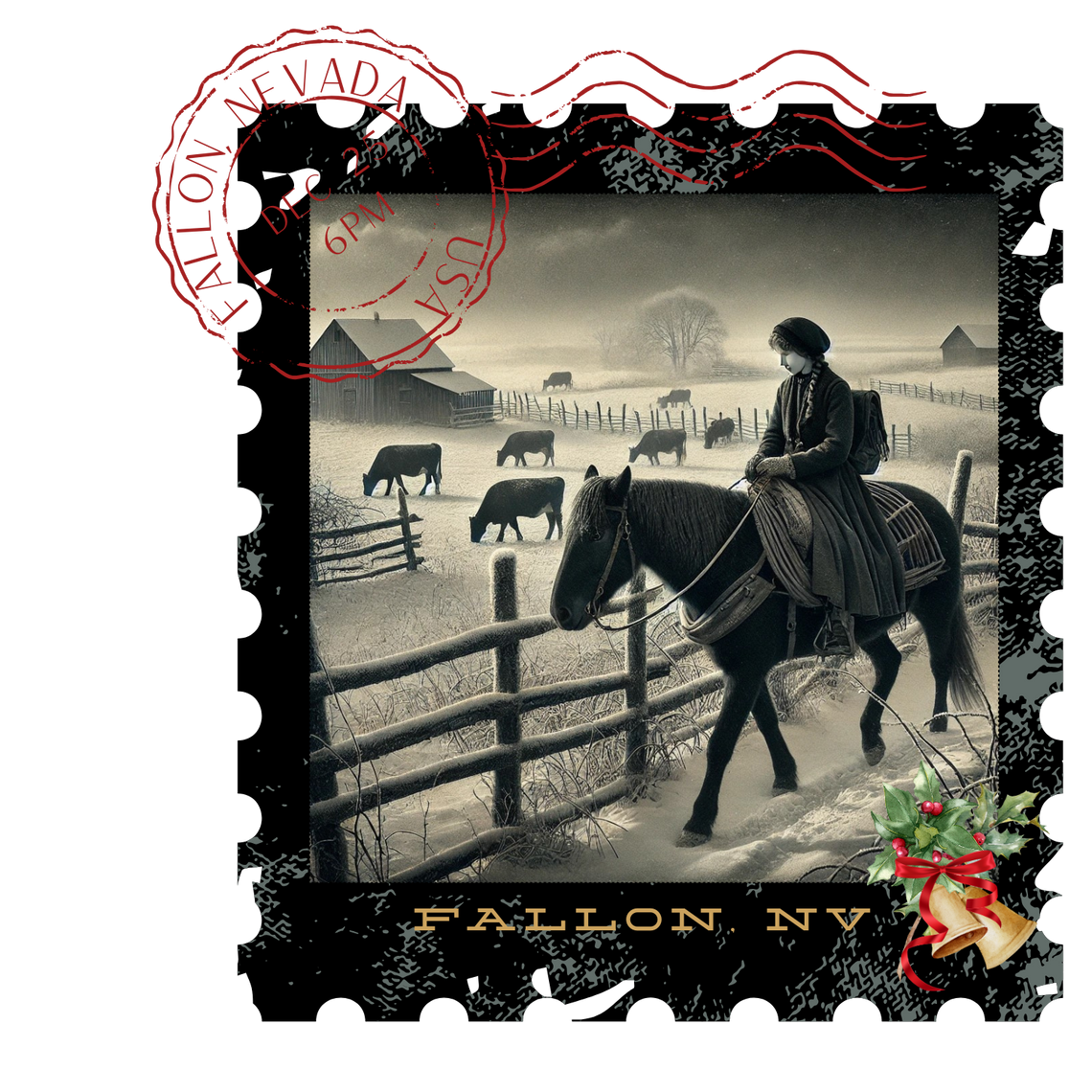
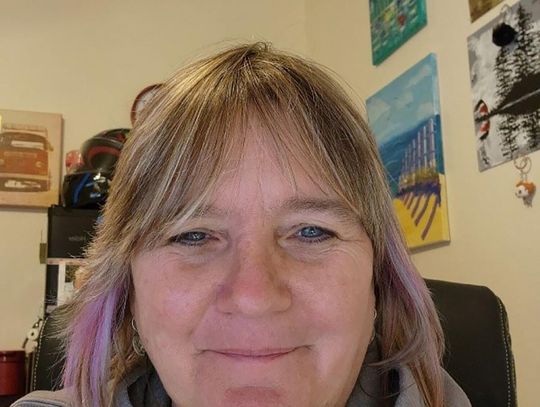
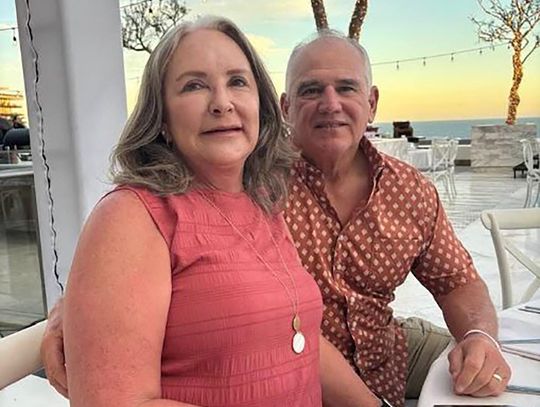
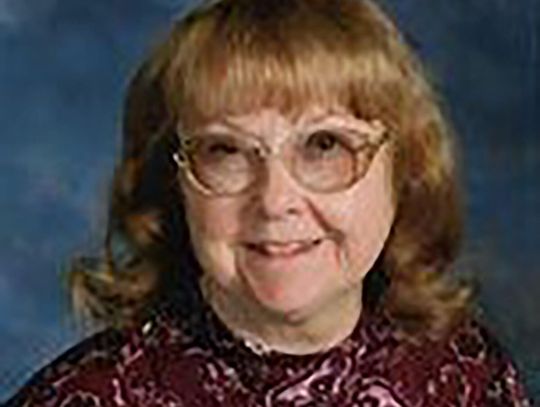

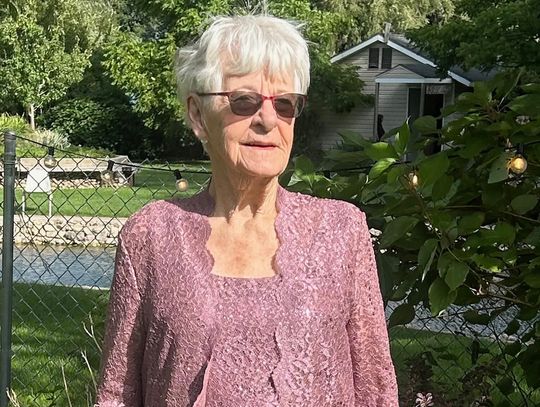

Comment
Comments